By 1960s, coincidentally, all the developed and high-income countries, by and large, enjoyed the abundance of milk. Per capita production and consumption of milk in countries like US, Canada, Britain, Western European countries, Japan, Australia and New Zealand were incomparably high, compared to those of the poor and backward countries from Latin America, African Continent, Middle East, Central Asia, South East Asia, and populous countries like China and India. FAO and the World Bank took initiative in promoting, financing and transferring the dairy business technology to strengthen the movement of ‘operation flood’ in three phases during 1960-1990. A large number of underdeveloped countries were benefited by adoption of modern dairy development techniques, ranging from crossbreeding, cattle care veterinary sciences, cattle feed, ultra heating, tetra packing and network for marketing. During the third phase (1985-95), India emerged as World’s top ranking producer of milk, overtaking the long time exalted position of the US. World cow milk production doubled to 414 million tones during the last 20 years, out of which India alone produces about 90 million tonnes. During the period of operation flood phase III, Brazil, Argentina, and Uruguay succeeded in expanding their milk production by the increased livestock of 23 million cows, 35 billion liters of milk per annum, and 1.4 million rural dairy farms. In the last five years, China has raised its milk produce by 25%. All the countries belonging to South East Asia have also made amazing progress in the movement of ‘operation flood’. This book has tried to capture the significant role of ‘operation flood’ in bringing about all round economic development of the countryside of the world.
Operation Flood and Its Impact on Global Countryside
In stock
Free & Quick Delivery Worldwide
reviews
Bibliographic information
Title
Operation Flood and Its Impact on Global Countryside
Author
Edition
1st ed.
Publisher
ICFAI University Press, 2008
ISBN
9788131420119
Length
vi+192p., Illustrations; Map; 23cm.
Subjects

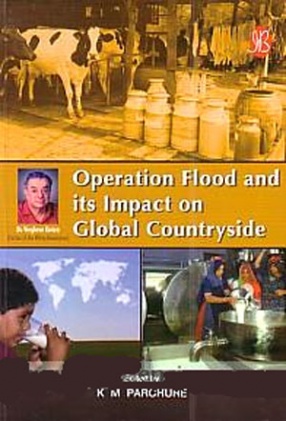
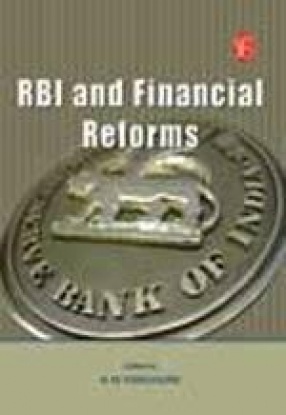
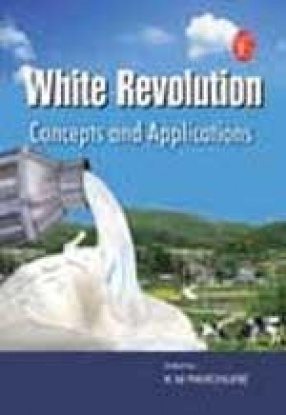

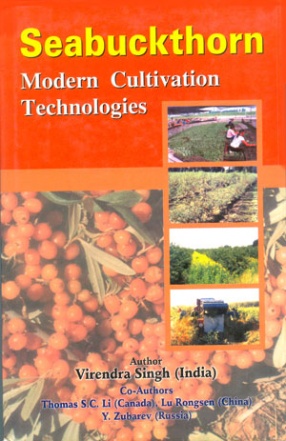
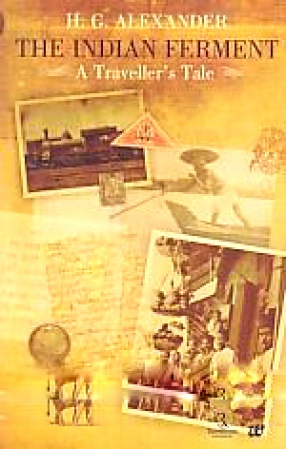
There are no reviews yet.